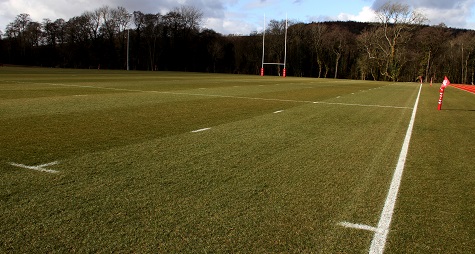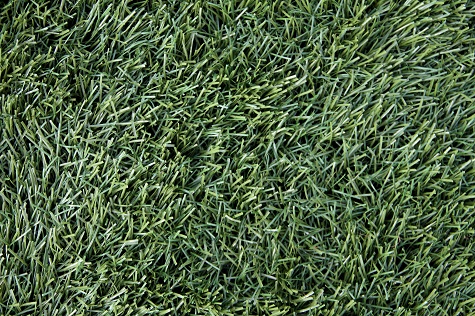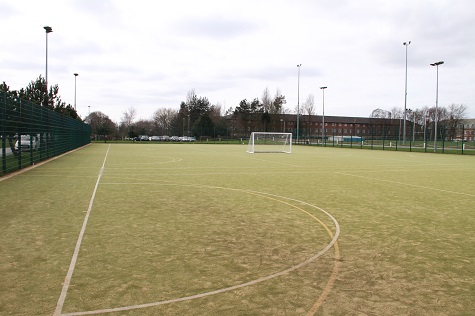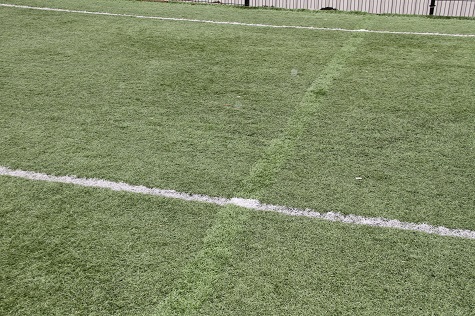There has been some worrying news recently regarding the use of Artifcial Grass Pitches (AGPs) in terms of the extent of injuries and possible MRSA infections being associated with their use.
This link allows you to read the article published by the Independent newspaper relating to an outbreak of MRSA with Tynedale RFC having to suspended all senior rugby activity until further notice after several players contracted MRSA and needed treatment for infected leg wounds after playing on Stourbridge’s Artificial Grass Pitch.
Having read the article there is no doubt many players will now be questioning the safety of these artificial surfaces.

I personally have never been a great fan of AGPs. As a past rugby player and coach I have never found them to be forgiving, and the natural bounce of the ball is exaggerated, often bouncing too high and fast.
I am maybe a tad biased having played most, if not all, my rugby on natural grass pitches. Having worked in the industry for many years I have personally seen the advancement of these artificial pitches. They have no doubt changed dramatically since their early introduction in the late 1970s when most of them where straight carpets with little or no shock pads or filled with sand. They have come a long way since then with the modern generation of 4G surfaces offering a wide range of carpet pile length and infills to make them more naturalistic and specific for the sport to be played on.

However, they do come at a price. Most full size AGPs are in excess of £800,000 to install and if not looked after properly will only have a shelf life of six plus years compared to the manufacturers’ claims of some ten years.
Many were also sold on the back of a maintenance free selling point and the fact they can be played on in all weathers. Not strictly true. Like natural grass pitches, they are not playable in frosty and snowy conditions.
Not included in these figures is the cost of getting rid of the spent 'carpet' at the end of its life. Artificial carpets and infill materials are often an unwelcome visitor at landfill sites - so what do you do with 7-9,000 square metres of woven polypropylene? It could cost you in the region of £20,000+ to tip it - with a replacement top costing in access of another £150,000 to supply and fit.
If you take the total costs of installing, maintaining and replacing a top on one single AGP, you are looking at the region of a £1,000,000. If you were to invest this money in maintaining grass pitches, you could effectively maintain 100 pitches spending £10,000 per pitch.
There is also an environmental argument, which may not appeal to some club officials. Natural grass pitches are one of the largest producers of oxygen and an important fixer of carbon dioxide in the soil. One grass pitch provides more oxygen than two acres of forest.

However, for me, the biggest worry is the long-term health issues of these artificial carpets, in respect to the sanitation / cleaning of the surfaces. Manufacturers do advocate a regular cleaning and maintenance regime for these facilities, however, very rarely is this carried out, This recent report regarding the Tynedale players may be the tip of an iceberg, who knows what other bacteria may be lingering in your artificial pitch.
A natural grass pitch harbours beneficial bacteria and organisms that naturally break down and remove bodily fluids such as blood, sweat and saliva. These bodily fluids on an inert, irregularly disinfected surface will help to spread diseases, particularly into grazes and cuts caused from sliding tackles.

We have also learnt about the longer-term health concerns about these AGPs. Various recent articles have discussed the fact that unusual numbers of players who have played on these surfaces have been diagnosed with cancer. This article from Men's Health entitled Did Artificial Turf Give More Than 200 Soccer Players Cancer? considered the subject.
There is no doubt that artificial pitches are becoming more sophisticated and offer near to naturalistic playing characteristics. However, I am still not convinced that they offer value for money, tick the sustainability boxes or are deemed health-risk free based on the recent evidence seen in the press and on national TV.
A recent television programme Plastic In The Ocean also recently brought home the true problems we face globally by the ongoing use of plastic